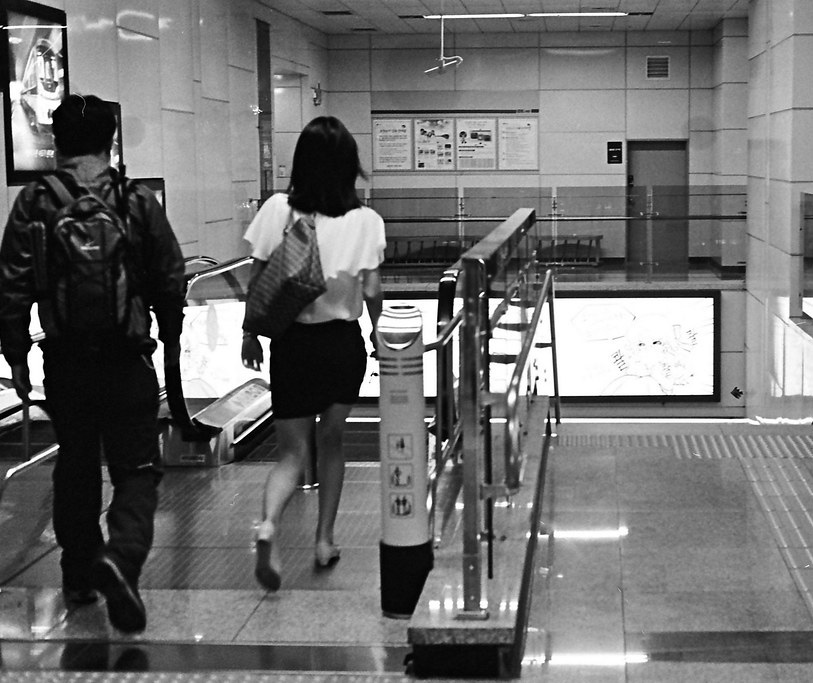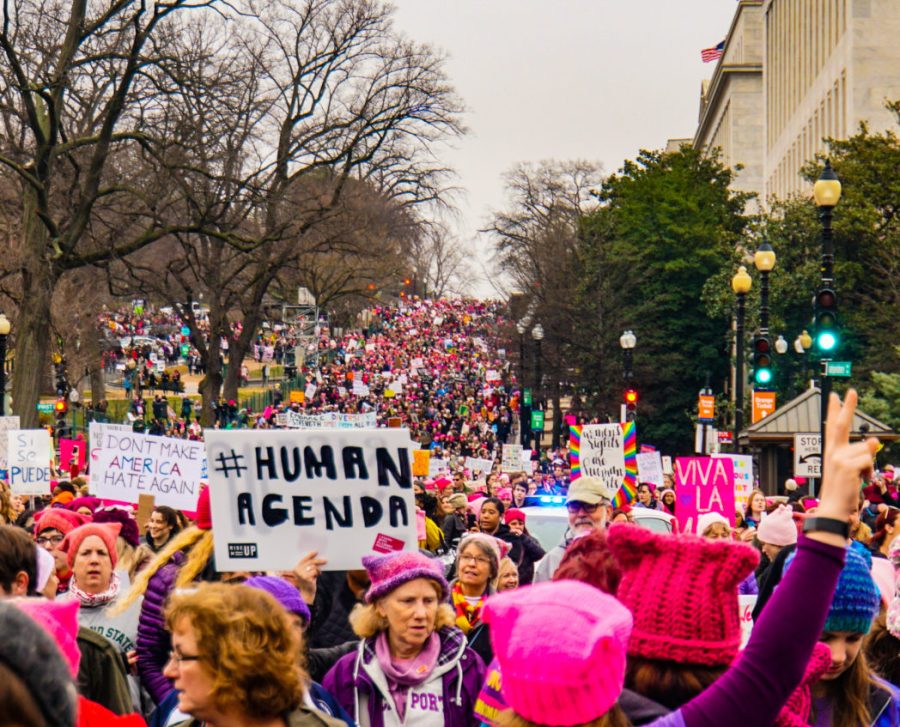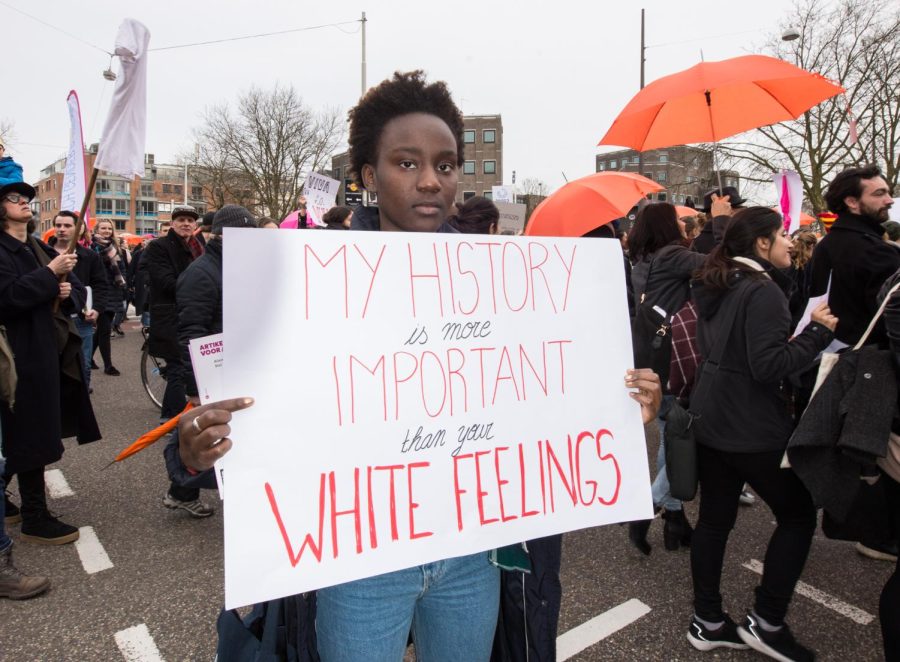 I was never prouder to be a man than when I learned about the heroic airline pilot Captain Chesley Sullenberger. Imagine the aeronautical feat of safely landing an 850-ton airplane on the Hudson River after a flock of birds had disabled both engines.
I was never prouder to be a man than when I learned about the heroic airline pilot Captain Chesley Sullenberger. Imagine the aeronautical feat of safely landing an 850-ton airplane on the Hudson River after a flock of birds had disabled both engines.
His courage in flight was matched on water. Once the passengers evacuated, Sullenberger calmly walked the length of the drowning aircraft twice to check for any passengers before grabbing the maintenance logbook and exiting the plane.
All 155 crew and passengers survived thanks to “Captain Cool,” a moniker he earned from New York City Mayor Michael Bloomberg. And with the macho first name of “Chesley,” he couldn’t get a better nickname.
I admire Captain Cool not only as an American hero, but as a model of true masculinity. He proves that manliness can still be, as the scholar Harvey Mansfield put it, “confidence in a situation of risk.”
Men have gone without true male models for decades. Too many “heroes” in sports, film and music have succumbed to greed and promiscuity. Their manliness lies in anabolic steroids, sexcapades and uncontrolled fits of violence.
I join many other young men who feel the effects of this distorted machismo. We tend to measure our maleness by the number of notches on our bedposts or by the size of our biceps. Even to be a “real” man in college, there is a pervasive sense you must have sex or be capable of consuming inordinate amounts of beer and liquor.
The hopelessness of these standards is that they prioritize what is least likely to advance men in school, family life and the workplace. Consider these failings in the gaping disappearance of husbands and fathers from families damaged by infidelity and abuse. Even where men are present, a working mother will still do more than double the housework of the average husband.
But there’s hope. Some say it starts with the outside. A movement of “retrosexualism” has stirred the fashion industry into clothing men in more traditional attire that rescues their manliness from an effete, vain “metrosexual” trend. Dress a man as a gentleman, and then he may act like one.
I think that’s a good start, but true change begins from the inside-out. A man must see that his worst enemy is himself. The natural, desire-enslaved man must die. More than metro clothing, human nature itself must go.
It can be done. Among many elderly men you’ll find a particular code of chivalry that governs the way they act, especially in the presence of women. Their’s is a chivalry that stands courageously against the wave of passions and urges of the male body. It restrains only to liberate boys and men from their lesser selves.
Feminists often object to the patronizing, door-holding gentleman of yesteryear, and rightfully so, I believe. His gallantry came from a false view of women as mere delicate and inferior counterparts.
Today’s retro-gentleman can be smarter than that. He inherits the hard-fought lessons to regard women as his coequals in dignity and respect.
Such self-restraint in honor of women and decency takes immense courage and discipline often under physical and emotional duress, as in a “situation of risk.”
I remember, for example, watching as an older gray-haired man stood to give up his seat on a bus for a female passenger many years younger than he. I marveled how he struggled to hold on as the bus turned and jerked along the way. When the bus came to his desired stop, this true gentleman reached for his cane beneath a nearby seat and quietly shuffled off the bus.
An unquestioning submission to unwritten rules of honorable conduct makes the man. Whatever the risks may be, gallant men like this fellow and Captain Cool put their duties first and selves second. Today’s male role models can do the same. Honor, not brawn or lust, is the new macho.






Hero • Oct 12, 2010 at 3:22 pm
I was among those that wondered at the ‘hero’ label pinned on that pilot…and for that matter, on the same label pinned on members of the various emergency response teams at Ground Zero. Both commercial pilots and emergency response personnel work jobs they’re TRAINED AND PAID to do. A hero is a man (and a heroine would be a woman) with the exceptional characteristic traits of distinguished and typically altruistic bravery and/or courage and/or nobility and/or ability and/or fortitude. There’s NO PERSONAL GAIN in their heroic deeds that are performed as the moral and responsible thing to do.
The ‘hero’ label seems misplaced when pinned on whosoever’s trained and paid to do a potentially dangerous job. The many ‘feel good’ news stories in the American mainstream media in recent years about people just doing their jobs that are hastily labeled ‘heroes’ reveals several problems with that media and all that mindlessly lap it up. The subjects of such stories can’t really be blamed for the mileage they accrue and the hay they make in the sunshine that’s the adulation of the brainwashed masses. The recent news story out of rural Tennessee about firefighters that watched a house burn because its owner hadn’t paid a $75 annual service charge makes clear that they provide a service for a fee…
On the above piece as a whole, a more comprehensive contemplation of the meaning of masculinity might do well to delve into cultural and sub-cultural concepts and their varied bases. As the fortunate ones learn over time, it’s actually a very wide world indeed, and even if the piece was limited to the American Culture to which the MU community belongs, that Culture is diverse by definition (along numerous parameters including the generational one alluded to above) and has many cultures and sub-cultures within it…